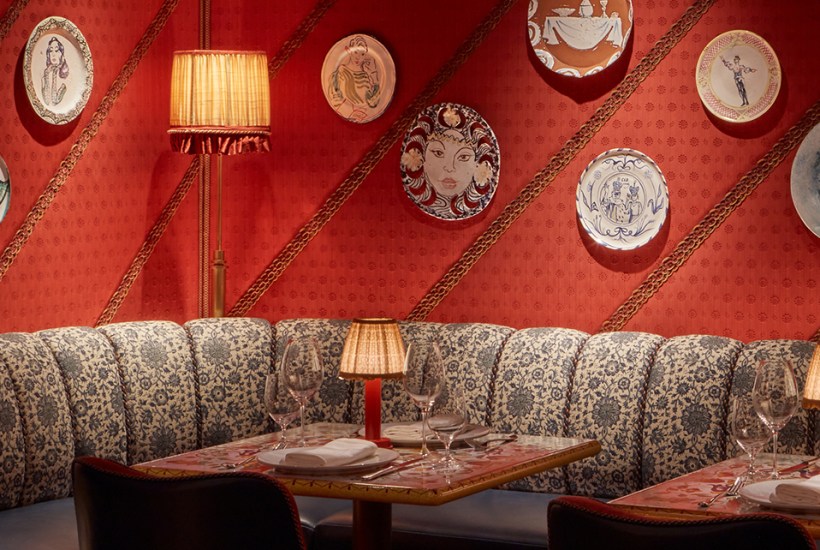Dear Jackie is the restaurant in the new hotel the Broadwick on Broadwick Street in Soho, which is most famous, if you are an infectious diseases nerd, for being the site of the 1854 cholera outbreak and its cure. Dr John Snow isolated it to the street’s water pump, noted local brewers were immune, and proved cholera is not airborne.
Already a subscriber? Log in
Subscribe for just $2 a week
Try a month of The Spectator Australia absolutely free and without commitment. Not only that but – if you choose to continue – you’ll pay just $2 a week for your first year.
- Unlimited access to spectator.com.au and app
- The weekly edition on the Spectator Australia app
- Spectator podcasts and newsletters
- Full access to spectator.co.uk
Or
Unlock this article
You might disagree with half of it, but you’ll enjoy reading all of it. Try your first month for free, then just $2 a week for the remainder of your first year.









Comments
Don't miss out
Join the conversation with other Spectator Australia readers. Subscribe to leave a comment.
SUBSCRIBEAlready a subscriber? Log in